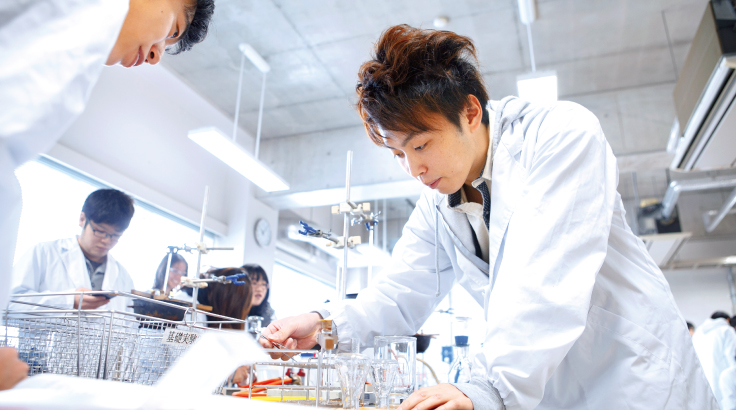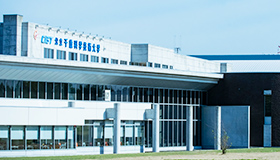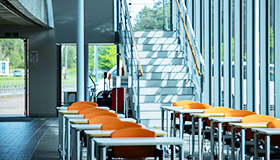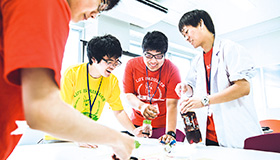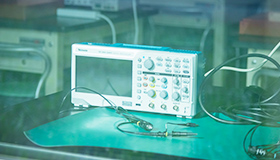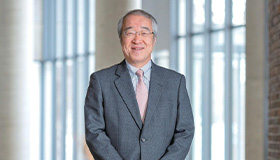Department of Applied Chemistry and Bioscience
Home - English - Undergraduate and graduate schools - Faculty of Science and Technology - Department of Applied Chemistry and Bioscience
Technology that harnesses nature will create the power for the future.
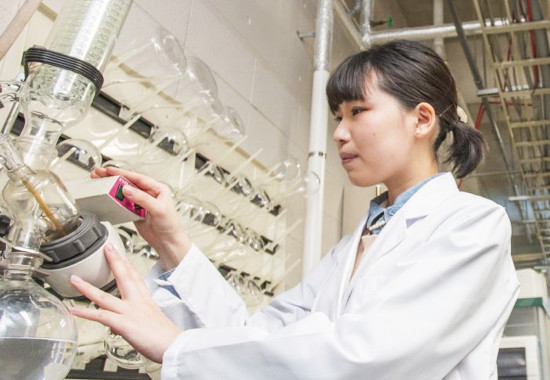
This department does not only nurture students to be useful in materials-related and medical fields, but also in a wide range of fields, including food, environment, and energy, built on the basics of science and engineering centered on chemistry and biology.
Through a wide range of thematic experiments/practice and work on their graduation research projects, students acquire knowledge that can be applied to any field, as well as flexible thinking, communication and problem-solving skills.
Through a wide range of thematic experiments/practice and work on their graduation research projects, students acquire knowledge that can be applied to any field, as well as flexible thinking, communication and problem-solving skills.
Department of Applied Chemistry and Biology introduction video
Features of the department
Acquiring the ability to review and solve problems society faces with the progress over time
Our lives have become more affluent and comfortable thanks to the development of science and medical technology.On the other hand, there are more problems, such as environmental pollution due to radioactivity and PM 2.5, the search for renewable energy, and quality of life (QOL) among the aging society.
To solve these problems, students are encouraged to acquire both a physical approach to understand the mechanism of nature and an engineering mindset that pursues the ideal way of social and industrial development in harmony with nature.
Acquiring basic knowledge of computers, which is useful for handling data in the fields of chemistry, biology, and medical care, etc.
For example, if a sensor that can analyze the taste of beverages is developed, it will be necessary to have the technology to program the analysis method.Computer skills are indispensable in all fields of this department.
Being able to learn engineering ideas in detail and having much experience in computer-related experiments and practical training greatly help students to acquire the required next-generation abilities.
Another major feature is that students can learn cutting-edge diagnostic and therapeutic techniques using laser light.
Study fields
Future career paths
- Material industry
Material manufacturing and evaluation, application to processing industry and medical care, etc. - Medical-related industry
Manufacture and sales of medical equipment and chemicals, development of medical technology using light, etc. - Electronic information-related industry
Manufacture of electronic and optical parts, development of equipment, etc. - Continue to graduate school
More advanced and detailed cutting-edge research is possible - Junior high and high school teachers
Teachers who have both expertise and the ability to use ICT
Obtainable licenses
Type I junior high school teaching license (science), Type I high school teaching license (science)
Description of the individual fields
Applied chemistry field
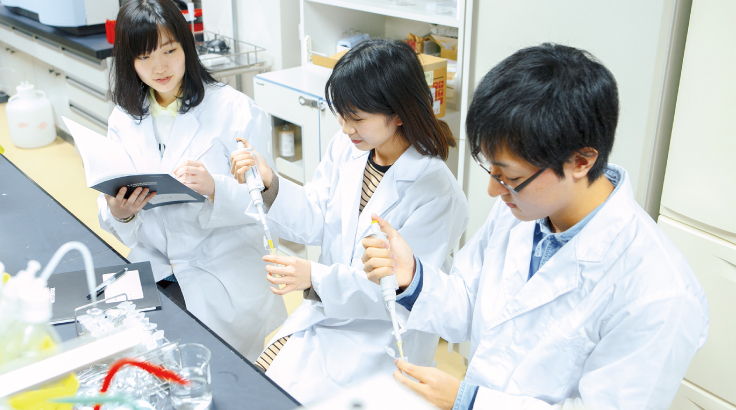
Organic and other materials
Chemistry is a discipline in which one learns what things are made of and what properties they have, and can verify how they change from one thing to another.Applied chemistry is a field of research into how useful things can be created based on chemistry, and the methods that can be used to properly make things.
Actual research involves the development of new materials centered on organic compounds.
Research is conducted on the properties of substances to improve their functionality.
Extensive research, including environmental and chemical analysis, is also conducted.
Biological and medical engineering field
